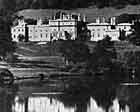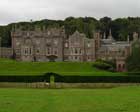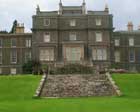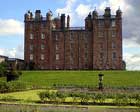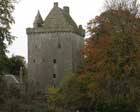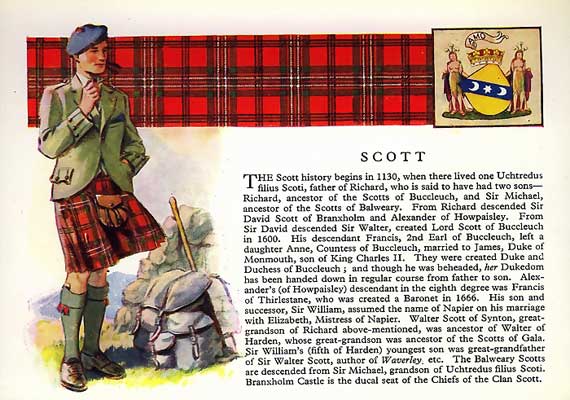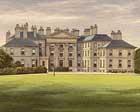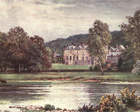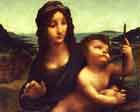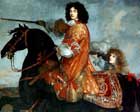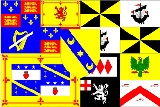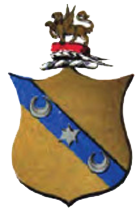 |
||
 |
||
Scott ClanAmo |
||||||
|
Clan Scott information
|
||||||
 |
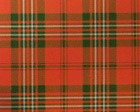 |
 |
||||
|
Clan crest badge |
Bowhill house 1905 |
Scott tartan |
Clan Location |
|||
|
Abbottsford |
Bowhill House |
Drumlanrig Castle |
Scotstarvit Tower |
|||
Clan HistoryThe origin of the clan with the name Scott is a bit confused due to the Scotti and Scotte, names which are recorded in the early 1100's also denoting Irish Celts and also later Gaels. The earliest, in my opinion, real and definite Scott is a Sir Richard Scott who, around 1210, married the daughter and heiress of Murthockstone and thus inherited her estates. Sir Richard was appointed ranger of Ettrick Forest which brought with it the lands of Rankilburn and Richard built his new home at Buccleuch. In the 1400's the 5th and 6th Lairds of Buccleuch were doing a bit of land consolidation, they bought half the lands at Branxholm in Selkirkshire and later swapped the estate at Murthockstone in Lanarkshire for the other half. They also supported the young King James 2nd and Crighton who were intent on reducing the power of Black Douglas and managed to accrue some Douglas lands as reward. In 1525, Archibald Douglas, 6th Earl of Angus, who was stepfather to the teenage King James 5th, assumed custody and held him a virtual prisoner for three years until his escape, exercising power as regent on his behalf. Survived by two daughters, Mary, the eldest, succeeded as Countess of Buccleuch at the age of four. By special dispensation from the General Assembly of the Church of Scotland, she was married to Walter Scott of Highchester at the age of 11. She died three years later. Francis 2nd Duke of Buccleuch was Anne's grandson. He married Lady Jane Douglas, daughter of the 2nd Duke of Queensbury, who died 9 years later in 1729. He was to marry again at the age of 50 in 1744. Francis had one son with Lady Jane, he was also called Francis. Unfortunately the son died suddenly from smallpox at the age of 29, one year before his father. Probably the most internationally famous of the Scott's is Sir Walter Scott a 19th century novelist and poet. This Walter came from the Scotts of Harden line and his romantic tales and historic writings are even more popular today, nearly 200 years after his death. The current Duke of Buccleuch is one of the largest landowners in Scotland and the art collections housed at the impressive mansions of Boughton, Bowhill and Drumlanrig are internationally renowned and include, Canaletto's Whitehall, Claude, Gainsborough, Raeburn, Reynolds, Ruysdael, Van Dyck and Wilkie. Clan Castles and homes Abbottsford Bowhill, 3 miles from Selkirk, is home to the Clan Chief, the Duke and Duchess of Buccleuch, originally built in the 18th century and re-modeled in 1812. The house and estates are open to visitors during the summer. Boughton House is known as the English Versailles, the estates extend to over 11,000 acres and it is located in Northamptonshire in England. In 1770 the Marquis of Monthermer died suddenly and without heir. The family's properties went to his sister Elizabeth, who was married to Henry the third Duke of Buccleuch, good catch Henry. Branxholme Castle is three miles south of Hawick. There would have been some kind of fortification on the site before being purchased by the Scotts and just as surely soon after they bought the lands in 1420 they would have uprated the tower as it was then. It was burnt out during an English invasion in 1532. Repaired and strengthened it withstood the next English attack in 1547. It was blown up with gunpowder in 1570. It was rebuilt again during the years of 1571-1574 and this time it was a much larger and more serious affair, renowned for always keeping a large force of men battle ready with horses saddled up to go at a moments notice. In 1837 the castle was remodeled, still including the old tower but with the addition of an attached mansion more suitable to the quieter and more luxurious times. Dalkeith Palace Drumlanrig Castle is 17 miles north of Dumfries and part of the 120,000 acre Queensbury estate which came into the Scott family with Henry, 3rd Duke of Buccleuch's award of the Dukedom of Queensberry. This came about as his gran, Lady Jane (Douglas) Scott, inherited the estates on the death, without issue, of William Douglas the 4th Duke of Queensberry in 1810. The castle was re-built as a baroque style country mansion by William Douglas the 1st Duke of Queensberry in 1690 and thanks to good husbandry looks much as it did then. Scotstarvit Tower is a 16th century L-plan tower, two miles south of Cupar in Fife. Bought by Sir John Scott in 1611, it was re-modeled by Sir John and his wife Anne Drummond in the 1620's to more or less how it looks today. It stands six stories high and is a formidable looking tower giving extensive views over the farmlands that surround it.
|
||||||
